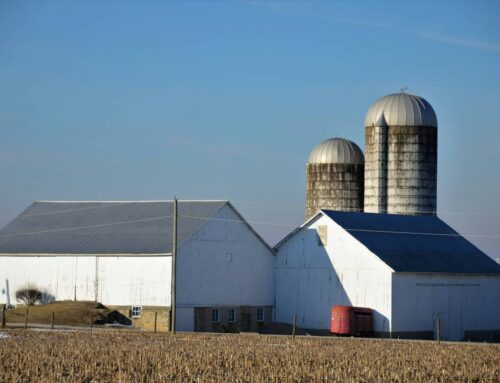Fresh on the heels of losing a farm bill vote on the Floor because the rushed bill did not cut spending enough, House leadership is floating another plan to keep the checks flowing to agriculture special interests: strip out nutrition programs and pass an Ag-only farm bill that spends more than one passed by a Democrat-controlled Senate. In fact it would spend drastically more than either the comparable portions of the President’s FY14 budget request or Rep. Paul Ryan’s FY14 budget (which called for $38 billion and $31 billion in savings, respectively).
That’s right, the Republican House majority leadership is pushing a bill that would save less than they promised, President Obama proposed, or the Senate adopted.
The Ag-only Farm Bill shows just how resistant House lawmakers are to reining in our nation’s deficits.
- House Ag-only Farm Bill Savings: $12.8 billion
- Senate Ag-only Farm Bill Savings: $13.9 billion
Splitting nutrition and agriculture programs into separate bills is a good idea, but only because it would break the Ag-Urban unholy alliance that logrolled over attempts to reform both programs. To deny amendments and reforms would make bifurcation virtually meaningless. Each bill must be open to robust debate to ensure taxpayers are footing the bill for only the most cost-effective, accountable, transparent, and responsive safety net for farmers and the hungry poor.
An Ag-only Farm Bill the likes of H.R. 1947 is the opposite of reform. It would:
- Cannibalize savings to create new generous shallow loss entitlement programs.
- Resurrect government-set target prices that are higher than in the Senate bill.
- Exclude all common sense steps toward right-sizing the federally subsidized crop insurance program – which was estimated to cost taxpayers a record $14 billion in FY12. No means testing to exclude millionaire businessmen, no limit on subsidies, zero cuts to insurance company delivery subsidies, and no transparency on who is benefiting from taxpayer spending.
- Increase spending on subsidized crop insurance by $9 billion.
But that’s not all. The House bill would:
- Increase FY14 spending by $1.34 billion above the current baseline.
- Only save $3.9 billion over the life of the actual bill (FY14-18) with the rest ($9 billion) occurring after this farm bill expires in FY18.
If Congress simply eliminated direct payments and the failed Average Crop Revenue Election (ACRE) program (which nearly everyone agrees needs to happen), taxpayers would save nearly $50 billion. Adding in a few common sense reforms to the highly subsidized crop insurance program (instead of shoveling $9 billion in new special interest subsidies) would easily save taxpayers $100 billion or more.
Splitting the bill should be used to get better reforms out of both nutrition programs and the rest of the farm bill instead of just using it as a tactic to get to a conference committee to protect agriculture and nutrition’s sacred cows. Simply divorcing the two with no opportunity for additional reforms isn’t acceptable when our nation faces a $16.8 trillion debt. Instead of eventually sticking taxpayers with a trillion dollar farm bill that barely puts a dent in the deficit, lawmakers need to go back to the drawing board and come up with a fiscally responsible solution that enacts a more cost-effective, accountable, transparent, and responsive farm safety net.










